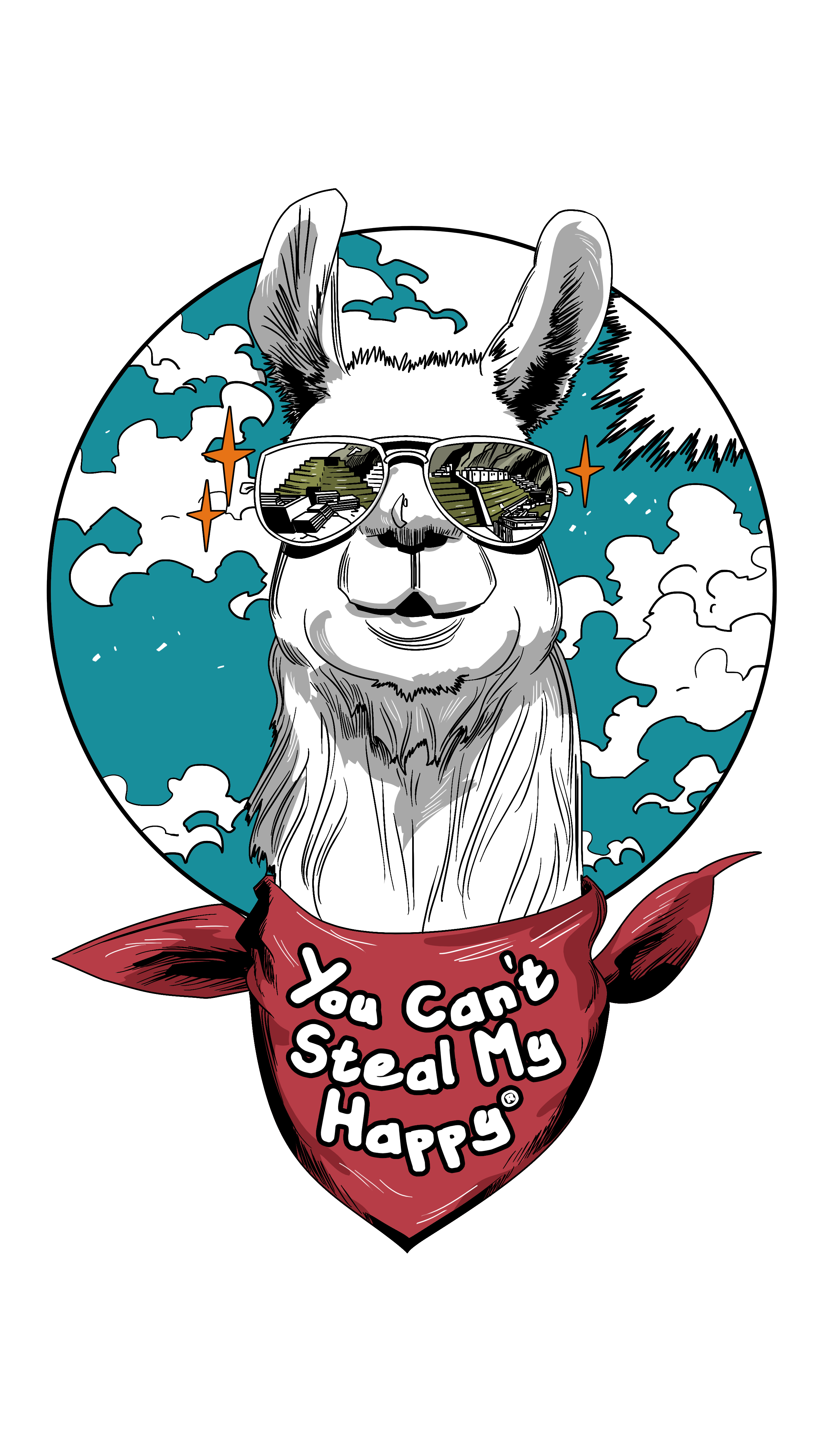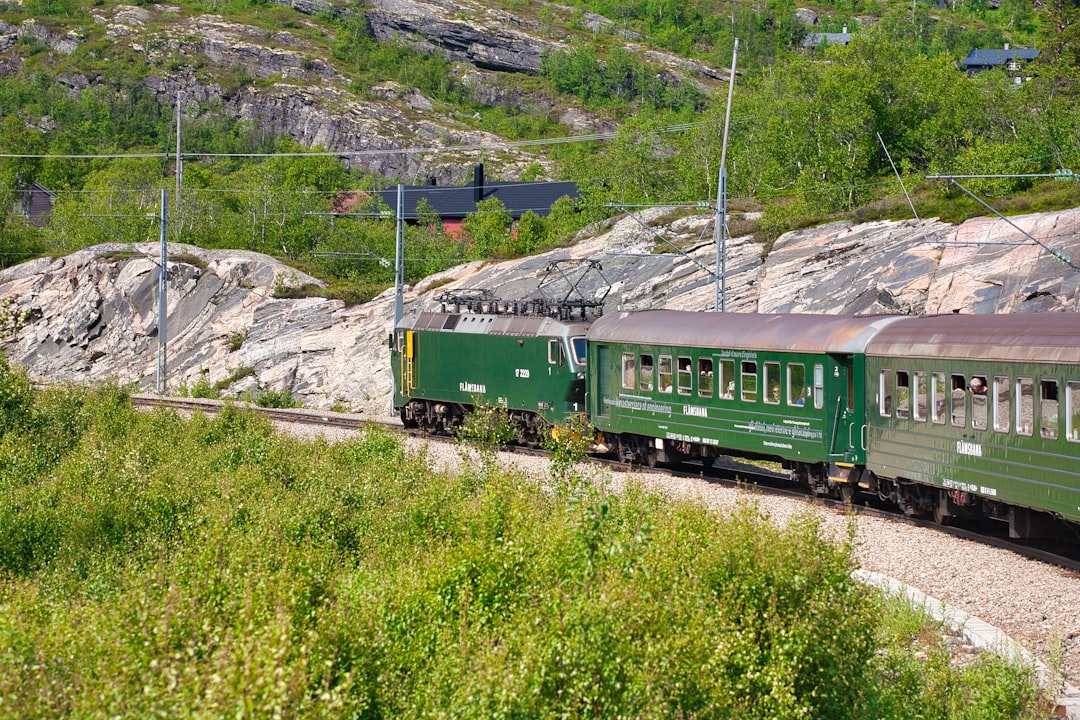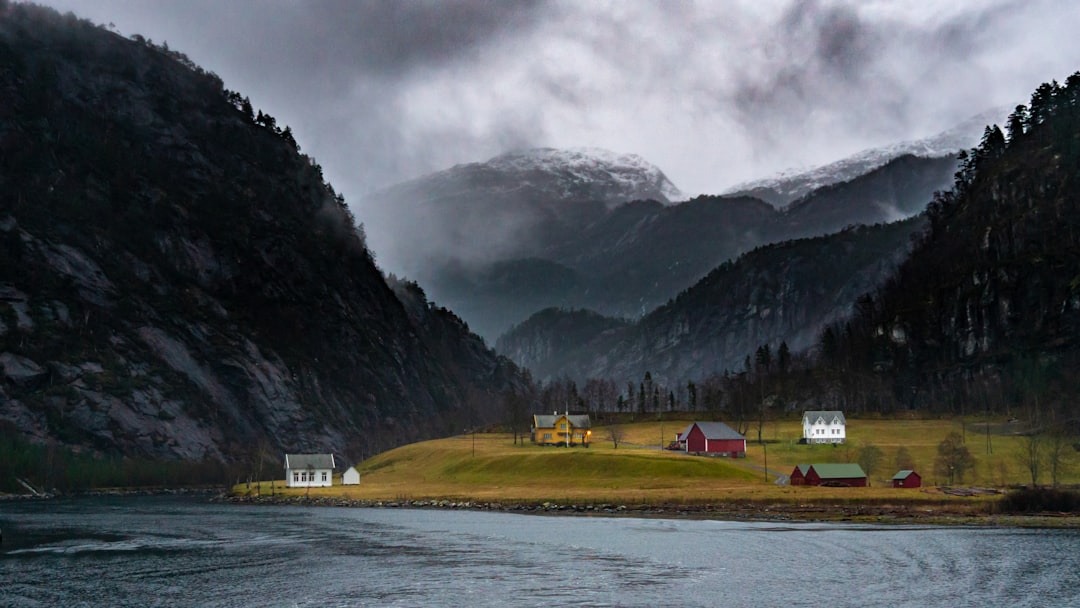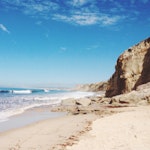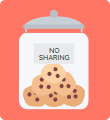🇳🇴 Welcome to Norway!
Norway, known for its stunning fjords, the Northern Lights, and rich Viking history, offers travelers an unforgettable adventure. Whether you're hiking the rugged landscapes, enjoying the world-class museums, or exploring vibrant cities, there's something for everyone in this beautiful Scandinavian country.
🌍 Travel Logistics
-
Start Point: Oslo (Arrival)
-
End Point: Bergen (Departure)
-
Flights: International flights are not included. Travelers are responsible for booking their flights to and from Norway.
-
Accommodation: All accommodations, from Oslo to Bergen, are pre-arranged and included in your trip. However, travelers are responsible for getting to and from the airport and the hotels.
-
Transportation: A mix of public transport, private transfers, and guided excursions will be arranged as part of the trip. In some cities, taxis or local transport may be required to move between hotels or attractions.
🚗 Travel Responsibility
-
Travelers are responsible for getting to and from the airport in Oslo and Bergen, as well as to and from the hotels during the trip.
-
Make sure to plan your airport transfer or local transportation in advance for smooth travel between destinations.
📝 What USA Travelers Should Know
-
Language: Norwegian is the official language of Norway. However, most Norwegians speak excellent English, so communication should be easy.
-
Currency: The currency in Norway is the Norwegian Krone (NOK). It’s recommended to use a credit card where possible, but some places may prefer cash.
-
Weather: Norway experiences a diverse climate. While Oslo is relatively mild in the summer, Northern Norway can experience cooler temperatures. Always check the weather forecast and pack accordingly.
-
Visa and Entry: U.S. travelers do not need a visa for stays under 90 days within the Schengen Area, which includes Norway. Ensure your passport is valid for at least three months after your departure date.
-
Electricity: Norway uses the European standard of 230V and 50Hz, with plugs of type C or F. Bring a suitable power adapter for your devices.
-
Safety: Norway is one of the safest countries to visit, with a very low crime rate. However, travelers should always keep their belongings secure and follow standard travel safety guidelines.
🌤 Weather & Packing Tips for Norway in May
May marks the beginning of spring in Norway, with mild temperatures and longer daylight hours. However, the weather can still be unpredictable, so it's important to pack for a variety of conditions.
🌦 Weather Overview:
-
Temperatures: Expect average temperatures ranging from 5°C to 15°C (41°F to 59°F). Coastal areas, like Oslo and Bergen, will be milder, while inland areas and the mountains will be cooler.
-
Daylight: Norway experiences long days in May, especially in the north. In cities like Oslo and Bergen, you’ll enjoy up to 17 hours of daylight, so plan for evening activities and outdoor adventures.
-
Rain: May can be a bit rainy, especially in the west (Bergen) and in the mountains. It’s wise to pack for occasional showers.
-
Snow: Snow is still possible in the mountains, particularly in northern Norway and higher altitudes, though it will be less common in cities and lower elevations.
👚 Packing Tips for May:
-
Layering is Key: Since temperatures can vary throughout the day, layering is essential. Include:
-
Base Layer: A moisture-wicking layer for comfort (preferably long-sleeve shirts and thermal leggings if you're heading to the mountains).
-
Mid-Layer: A warm sweater or fleece for colder mornings and evenings.
-
Outer Layer: A waterproof and windproof jacket is a must, as rain showers and wind can be frequent.
-
Waterproof Footwear: With the possibility of rain, waterproof shoes or boots are essential, especially if you're exploring outdoor trails or city streets.
-
Accessories:
-
Hat & Gloves: A light hat for sunny days and a pair of gloves for cooler mornings and evenings in the mountains.
-
Umbrella: A compact, travel-sized umbrella can be helpful for unexpected showers.
-
Sunglasses: Long daylight hours often come with clear skies, so sunglasses will help protect your eyes.
-
Light Scarf: A scarf can add warmth and style while also providing protection from the wind.
-
Daypack: A small, waterproof daypack will come in handy for carrying essentials during day trips and hikes.
🧳 Additional Packing Considerations:
-
Camera: With the beautiful spring landscapes and long days, May is an excellent time for photography. Don’t forget extra batteries and memory cards.
-
Swimsuit: If you're planning to visit any indoor pools or coastal areas, pack a swimsuit for a refreshing dip (many hotels have pools, even in cooler months).
-
Medication: If you’re prone to allergies or need specific medications, bring them with you as pharmacies in Norway may carry different brands or formulations.
🧳 Travel Accessories
Maximize comfort and efficiency during your trip with these essential travel accessories. Explore a curated collection of must-have gear for your journey by visiting Travel Accessories.
ACCOMMODATIONS 🏨
We are staying at 3-star and 4-star accommodations. Each place will have a private bathroom in the room with a safe. All the places will also have heating and air conditioning. There will also be hotels/bars on-site. 🍷
WHAT TO DO IN OSLO 🎭
Oslo in May is a wonderful time to visit, as the city comes alive with spring blossoms and warmer weather. Here are some ideas of things to do and places to stay:
THINGS TO DO IN OSLO IN MAY:
-
Vigeland Sculpture Park (Frogner Park): A must-see for art lovers, this park showcases over 200 sculptures by Gustav Vigeland. The park is a great place to stroll and enjoy the beauty of spring. 🌳
-
Akershus Fortress: Explore this medieval fortress, which offers stunning views of the Oslofjord. You can also visit the Norwegian Resistance Museum here. 🏰
-
Oslo Opera House: The architectural beauty of the Opera House is amazing, and in May, the outdoor areas offer great views. You can also catch a performance if you're interested in opera or ballet. 🎶
-
The Viking Ship Museum: Discover the history of the Vikings with well-preserved Viking ships and artifacts. It's a fascinating historical experience. 🚢
-
Munch Museum: Home to Edvard Munch’s famous painting The Scream, this museum is a great place to immerse yourself in Norwegian art. 🖼️
-
Bygdøy Peninsula: You can visit several museums here, including the Fram Museum (dedicated to polar exploration) and the Norwegian Folk Museum. 🛳️
-
Holmenkollen Ski Museum & Tower: Take in panoramic views of the city from the top of the Holmenkollen Ski Jump Tower. The museum provides insight into Norway’s skiing history. ⛷️
-
Oslo Fjord Cruise: May is the perfect time to enjoy a relaxing boat tour of the Oslofjord. 🚤
RECOMMENDED HOTELS IN OSLO 🏨:
-
The Thief: A luxury hotel located in the trendy Tjuvholmen area. 🏙️
-
Hotel Christiania Teater: A stylish hotel offering comfort, luxury, and a great central location. 🏨
-
Radisson Blu Plaza Hotel: One of the tallest buildings in Oslo, offering fantastic views of the city. 🌆
WHAT TO DO IN FLAM ⛰️
Flåm, nestled in Norway's fjord region, offers a variety of activities for all types of travelers. Here's a curated list of top experiences you can enjoy, along with links to book them:
🌄 Visit the Stegastein Viewpoint
Enjoy panoramic views of the Aurlandsfjord from this architectural marvel perched 650 meters above the fjord.
🛶 Kayak on the Fjords
Paddle through serene waters, exploring hidden coves and enjoying close-up views of the majestic fjords.
🚴 Cycle the Rallarvegen Trail
Embark on a cycling adventure along the historic Rallarvegen route, offering stunning views and a touch of history.
🌿 Hike the Aurlandsdalen Valley
Trek through "Norway's Grand Canyon," a valley rich in natural beauty and cultural heritage.
🧗 Experience the Flåm Zipline
Soar above the valley on Scandinavia's longest zipline, offering an adrenaline-pumping perspective of the landscape.
🏰 Explore the Viking Village in Njardarheimr
Step back in time and experience Viking life in this reconstructed village, complete with traditional crafts and storytelling.
WHAT TO DO IN BERGEN ⛰️
Bergen is a beautiful city in Norway, known for its stunning fjords, charming wooden houses, and vibrant cultural scene. Here are some great things to do in Bergen and recommendations for hotels:
THINGS TO DO IN BERGEN:
-
Bryggen (The Wharf): A UNESCO World Heritage site, Bryggen is a historic area of Bergen that features colorful wooden buildings and a fascinating history. 🌈
-
Fløibanen Funicular: Take a ride up the Fløibanen Funicular to the top of Mount Fløyen. 🚠
-
Fish Market: Located by the harbor, Bergen's Fish Market is a must-visit. 🦞
💸 Tipping Culture in Norway
Tipping is appreciated in Norway, though not obligatory, as service charges are typically included in the bill. However, it's always nice to show appreciation for excellent service.
🧑🍳 Tipping Guides:
-
Restaurants: While tipping is not mandatory, rounding up the bill or leaving a 5-10% tip for exceptional service is common. If you're dining at a more upscale restaurant, a 10% tip is a nice gesture if the service is outstanding.
-
Bars: Tipping bartenders is not expected, but rounding up your bill is a friendly gesture. If you're in a bar where service is more personal (e.g., cocktails), a small tip of 10-20 NOK is appreciated.
-
Hotel Staff: It’s not standard to tip hotel staff in Norway, but if they provide exceptional service (e.g., handling luggage or helping with special requests), a tip of 20-50 NOK is a kind gesture.
-
Taxi Drivers: Taxi drivers generally don’t expect tips, but rounding up the fare to the nearest 10 NOK is a considerate way to show appreciation for good service.
-
Tour Guides: For guided tours, a tip of around 50-100 NOK per person is a good rule of thumb if you feel the guide has provided excellent service.
-
Housekeeping: If you're staying in hotels and receive daily housekeeping service, leaving 20-50 NOK per day is a nice gesture.
💡 Tipping Etiquette:
-
Cash vs. Card: Tipping is often done in cash, even if you paid your bill by card. However, some restaurants and hotels may allow you to add a tip directly to your credit card bill.
-
Small Gestures: If you're not in a tipping culture or are unsure about what to give, a polite "thank you" and a smile can go a long way!
📱 Useful Apps
-
XE Currency: A reliable app for checking exchange rates and converting currencies, perfect for keeping track of your spending in Norway.
-
Google Maps: Essential for navigating cities and remote areas.
-
TripIt: Organize your travel plans and keep track of your itinerary in one place.
-
Norway Travel Guide: Offers a comprehensive guide to cities, landmarks, and travel tips specific to Norway.
-
Norsk Tipping: For those interested in exploring Norwegian sports or lotteries.
-
Weather App: Keep an eye on Norway's ever-changing weather conditions (e.g., AccuWeather or Yr.no).
📜 A Brief History and What USA Travelers Should Know
Norway, with its stunning fjords and rich Viking heritage, is a country of natural beauty and cultural significance. Historically, Norway was part of the Viking kingdoms, and traces of Viking culture are still visible in modern Norway. The country gained independence from Sweden in 1905. Today, Norway is known for its stunning landscapes, outdoor activities, and eco-friendly lifestyle.
What USA travelers should know:
-
Norway is one of the wealthiest countries in the world, with a high standard of living, and a focus on sustainability and nature preservation.
-
Norwegians are known for their friendliness and hospitality, and while English is widely spoken, learning a few basic Norwegian phrases can go a long way.
-
Public transportation is highly efficient, making it easy to get around, even if you're not renting a car.
🛂 Terms and Conditions
For full details on the terms and conditions of your travel with You Can’t Steal My Happy, including booking policies, cancellation, and general rules, please visit the Terms and Conditions.
🌟 The Happy Commandments
To ensure an unforgettable and joyful trip, follow the 10 Commandments of You Can't Steal My Happy. These simple but impactful guidelines will help you travel with a positive mindset and appreciate the beauty of each moment. For the full list, check out the Happy Commandments.
🛡️ Travel Insurance:
We highly recommend purchasing travel insurance to protect yourself from unexpected situations, such as trip cancellations, medical emergencies, or lost luggage. Travel insurance provides peace of mind so you can focus on enjoying your adventure without worry.
